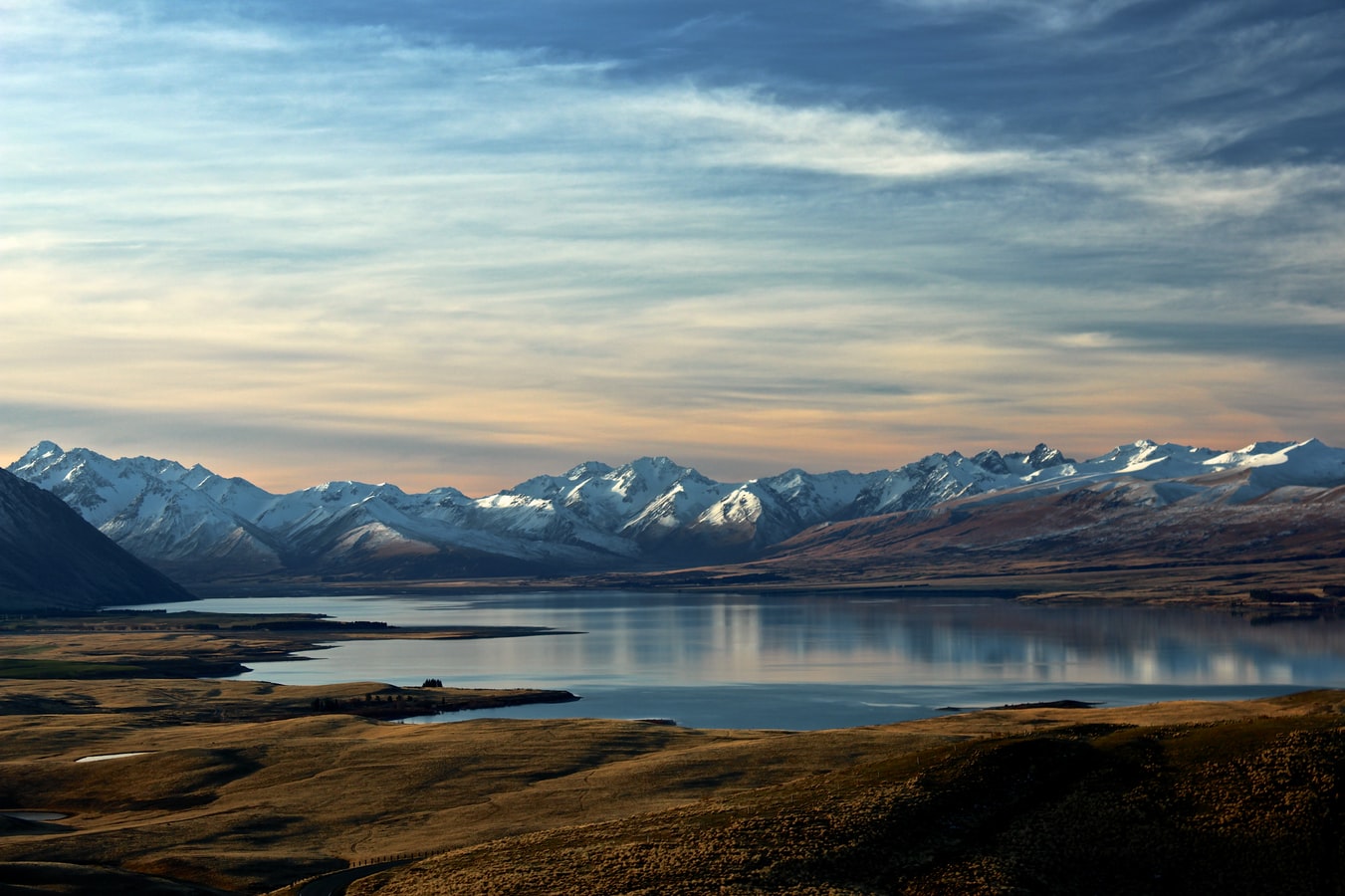뉴질랜드에서 초임계 지열 연구는 타우포 호수와 카웨라우 사이의 지역인 타우포 화산 지대에 초점을 맞추고 있습니다.
Chambefort는 새로 투자 된 프로그램이 5 년 동안 시추를지지하지 못했지만 다른 이니셔티브들은 타우포 지역에서 깊은 우물을 시추하기위한 옵션을 모색하고 있다고 말했다.
“우리는 프로그램이 끝난 지 5 년 후 (10 년 만에) 와이카토 또는 베이 오브 플렌티 (Bay of PlentY) 지역에서 성공적인 우물이 될 것으로 기대하고 있습니다.이러한 우물의 목적은 기존의 과학 모델을 테스트하고 필요에 따라 조정하는 것입니다.” 라고 그녀는 말했다.
지금까지 뉴질랜드의 지열 우물은 깊이가 1.5-3km인 경향이 있었습니다.초임계 유체는 4km보다 큰 깊이에서 발견될 가능성이 높습니다.
Chambefort는 “우리의 목표는 실험실 시뮬레이션을 사용하여 뉴질랜드에서 최고의 미래 목표가 될 수있는 곳을 탐색하고 이해하는 것입니다. 이 유체가 암석과 어떻게 반응하는지, 그리고 그 사용이 깊은 저수지와 인접한 얕은 저수지에 어떻게 영향을 미치는지, 미래에 어떻게 영향을 미치는지 이해하는 것입니다.”
“지열의 전반적인 기여도를 높이기 위해 더 깊고 더 뜨거운 지열 자원을 활용할 수 있는 매력적인 사례가 있습니다.”
뉴질랜드 전기의 약 17퍼센트가 지열에서 발생했으며, 2018년에는 화석 연료와 같은 지열로부터 많은 전기가 발생하고 있습니다.
지구의 자연 열유속은 어떤 환경에서도 에너지로 전염 될 수 있다고 말할 수 있지만 타우포 (Taupo) 와 같은 화산 지방은 더 큰 지열 구배를 가졌습니다. “400C 이상의 온도에 도달하기 위해 10km까지 드릴 필요가 없습니다.”
Chambefort는 “이 매우 더운 기온이 다른 나라보다 표면에 더 가깝기 때문에 뉴질랜드에 자연스러운 이점을 제공합니다.
주요 측면은 고온의 유체가 비교적 쉽게 통과할 수 있는 바위를 투과성을 찾는 것이었습니다.“열을 갖는 것이 한 가지 일이지만, 암석을 통해 유체가 순환할 수 없다면, 이 열을 표면으로 효율적으로 수확 할 수 없습니다.물은 열을 위한 주요 운반체입니다.”
이 작업은 현재 타우포 지역에서 지열 사용에 대한 수십 년간의 연구와 뉴질랜드의 전문 지식을 바탕으로 이루어졌습니다.해외에서는 지열 팀과 강력한 파트너십이 있었지만 다른 나라에서의 발견은 뉴질랜드에서는 단순히 적용될 수 없었습니다.
“뉴질랜드에서는 지질학이 다릅니다.저수지를 연구하고 4-5km 깊이에서 결함이 투과될 수있는 곳을 찾아야합니다.” 라고 그녀는 말했습니다.
“우리는 또한 뉴질랜드에 의미 있는 결과를 산출하기 전에 실험실에서 고온 및 압력 지열 조건을 시뮬레이션해야 합니다.”
뉴질랜드는 시추 능력을 가지고 있었지만 이러한 드릴링은 비용이 많이 들고 불확실성이 있었습니다.Chambefort는 깊은 지열 자원의 탐사 및 개발의 불확실성과 위험을 줄이는 정보를 제공하기 위해 과학을 모색하고 있다고 Chambefort는 말했다.
“깊고 지열 발생은 안전하고 지속 가능한 방식으로 이루어질 수 있다는 확신이 있을 때만 뉴질랜드에서만 진행될 것입니다.”

















































